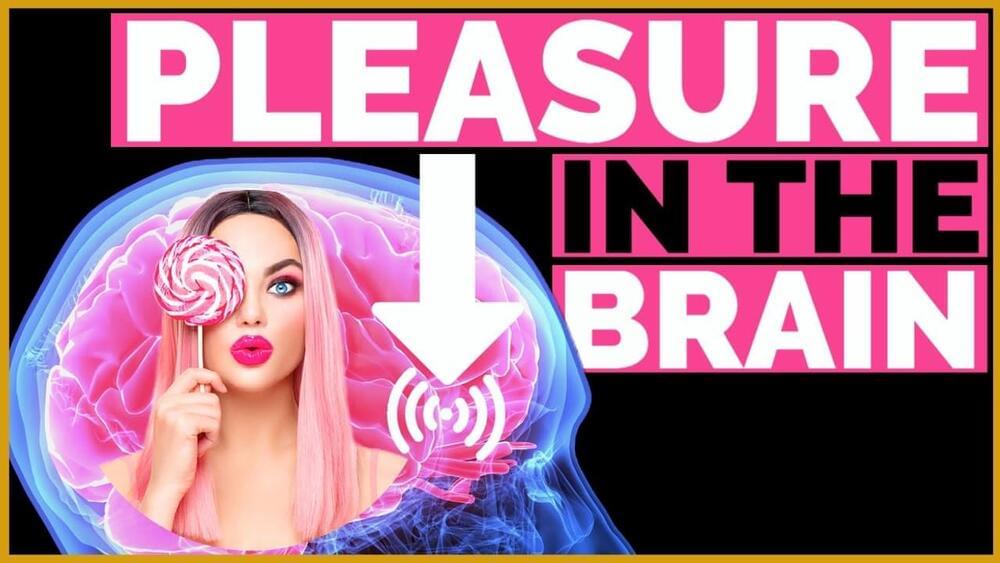Brave new world let’s create happiness for everyone by putting microelectrode arrays in our brains but be careful not to create a situation like death by ecstacy by Larry Niven.
In the brain, pleasure is generated by a handful of brain regions called, “hedonic hotspots.” If you were to stimulate these regions directly, you would likely feel pleasurable sensations. However, not all of the hedonic hotspots are the same–some generate the raw sensations of pleasure whereas others are responsible for consciously interpreting and elaborating on the raw pleasure produced by the other hotspots. In this video, in addition to exploring the neuroscience of pleasure, we’ll see how understanding pleasure, happiness, meaning, and purpose can help us live better lives.
Follow @senseofmindshow for more neuroscience explainers.
Follow on Social Media: https://linktr.ee/senseofmind.
-
Chapters.
00:00 Hedonic hotspots: the brain’s pleasure generators.
00:56 The evolution of pleasure.
01:46 How the brain generates pleasure.
03:07 The subcortical (‘core’) pleasure network.
04:08 The cortical (‘higher’) pleasure network.
05:09 The orbitofrontal cortex’ role and the abstract to concrete pleasure gradient.
08:13 How to be happier by understanding the neuroscience of pleasure.
11:40 Summary.
-
Main source for this video is the work of Kent Berridge and Morten Kringelbach:
Berridge, K. C., & Kringelbach, M. L. (2016). From Pleasure to Happiness. In L. F. Barrett, M. Lewis, & J. M. Haviland-Jones (Eds.), Handbook of Emotions (4th ed., pp. 133–143). essay, Guilford Press.
Other Sources:
Lieberman, D. Z., & Long, M. E. (2018). The Molecule of More: How a Single Chemical in Your Brain Drives Love, Sex, and Creativity–and Will Determine the Fate of the Human Race. BenBella Books.
Schultz, W. (2022). Dopamine reward prediction error coding. Dialogues in clinical neuroscience.
Nguyen, D., Naffziger, E. E., & Berridge, K. C. (2021). Positive affect: nature and brain bases of liking and wanting. Current Opinion in Behavioral Sciences, 39, 72–78.
Panksepp, J., & Biven, L. (2012). The archaeology of mind: neuroevolutionary origins of human emotions (Norton series on interpersonal neurobiology). WW Norton & Company.
Nguyen, D., Naffziger, E. E., & Berridge, K. C. (2021). Positive affect: nature and brain bases of liking and wanting. Current Opinion in Behavioral Sciences, 39, 72–78.
Music promoted by https://www.free-stock-music.com:
Pillow Fort by Purrple Cat | https://purrplecat.com.
https://creativecommons.org/licenses/by-sa/3.0/deed.en_US









Comments are closed.